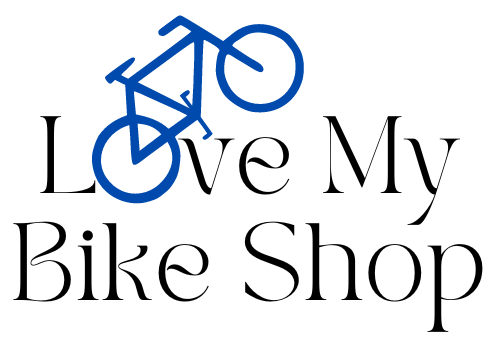Choosing the right bicycle can be a daunting task, especially with the wide range of options available on the market today. Whether you're a beginner or an experienced rider, finding the perfect bike involves understanding your needs, preferences, and the different types of bikes available. In this ultimate guide, we’ll help you navigate through the process of selecting the ideal bicycle for your adventures.
Types of Bicycles
Bicycles come in various styles, each designed for specific terrains and riding experiences. Here’s a breakdown of the most popular types:
- Road Bikes: Lightweight and fast, perfect for long-distance riding on paved roads.
- Mountain Bikes: Built to handle rough terrains and off-road trails with ease.
- Hybrid Bikes: A versatile choice, combining features of road and mountain bikes, ideal for both city commuting and light off-road riding.
- Electric Bikes (eBikes): Equipped with an electric motor to assist with pedaling, great for longer rides and hilly areas.
- Gravel Bikes: Designed for off-road adventures, gravel bikes are perfect for mixed terrain riding.
- City Bikes: Comfortable and practical for urban commuting and short-distance travel.
- Folding Bikes: Compact and portable, ideal for commuters with limited storage space.
- Kids Bikes: Specially designed for young riders, offering safety and ease of use.
Key Features to Consider
When selecting a bicycle, there are several key features to keep in mind:
- Frame Material: Common materials include aluminum, carbon fiber, steel, and titanium, each offering different benefits in terms of weight, durability, and ride quality.
- Wheel Size: The size of the wheels affects the bike’s performance and suitability for different terrains. Standard sizes include 26", 27.5", and 29" for mountain bikes, and 700c for road bikes.
- Gearing: Bikes come with a range of gearing options, from single-speed to multi-speed setups, to accommodate various riding conditions and preferences.
- Brakes: Options include rim brakes, disc brakes, and hydraulic disc brakes, each providing different levels of stopping power and maintenance requirements.
- Suspension: Mountain bikes often feature front or full suspension to absorb shocks and improve control on rough terrain. Hybrid and city bikes may have minimal or no suspension.
- Fit and Comfort: Ensure the bike fits your body size and riding style to avoid discomfort and potential injuries. Consider getting a professional bike fitting for optimal results.
Tips for Buying the Right Bike
Here are some tips to help you make an informed decision when buying a bike:
- Test Ride: Always take the bike for a test ride to get a feel for its comfort, handling, and overall fit.
- Research: Read reviews, watch videos, and gather information about different bike models and brands.
- Set a Budget: Determine how much you’re willing to spend and stick to it. Remember to factor in additional costs for accessories and maintenance.
- Seek Expert Advice: Consult with bike shop staff or experienced cyclists to get recommendations based on your needs and preferences.
- Consider Future Needs: Think about how you plan to use the bike in the future and choose one that can grow with your skills and ambitions.
Conclusion
Finding the perfect bicycle is a journey that requires careful consideration and research. By understanding the different types of bikes, key features, and tips for buying, you’ll be well-equipped to make an informed decision. Visit your local bike shop to explore options, get expert advice, and take test rides to find the bike that’s just right for you. Happy riding!

